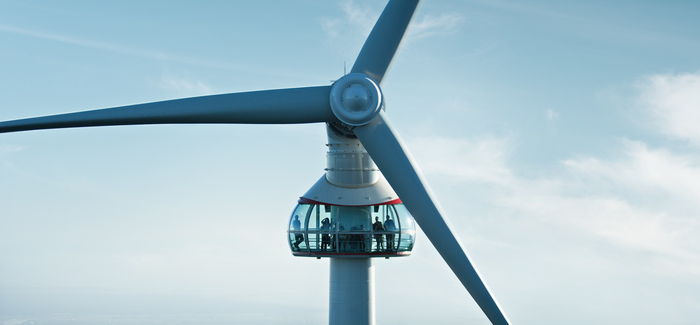
Wind Energy and its Merits
Ten Key Findings
Posted by Loraine Labet February 1, 2010
Our age of unprecedented information access can often generate more questions than answers. With so much knowledge just a click away, how do we sort fact from fiction?
When Grouse Mountain began to investigate wind as a source of clean energy, it experienced a classic case of information overload. The resort’s first order of business was to sift through immense amounts of data so that an intelligent decision could be made about its possible use on the top of a mountain so near a major city.
Grouse Mountain turned to a number of accomplished experts in the industry and found among them the Canadian Wind Energy Association, a comprehensive, transparent source of research on wind in Canada. Ten key findings emerged from the Association and other consultations that gave Grouse Mountain the confidence to pursue wind energy. Those ten directives?
- Canada Has an Abundance of Wind. The unique landscape of our nation creates intense microclimates in which wind becomes a significant influence in our lives. The Lower Mainland – with its radical topographic diversity, ranging from oceanic coastlines to steep-sided fjords and low-lying grasslands to rocky peaks – is no exception. The local Squamish Winds are one example.
- Wind is an Emissions and Waste-Free Resource. With many forms of energy – even those that are ostensibly green – there is a trade-off: how much waste is required to generate it? A heat pump, for example, requires electrical energy to run the pump. The production of wind energy, by contrast, is a direct and neutral undertaking.
- Wind Energy Infrastructure Leaves a Small Footprint. It would take less than 5% of Canada’s land to generate enough wind power to fuel the entire nation.
- Wind Can Be a Nimble Technology. Compared to other forms of energy that can require a massive transmission infrastructure (such as power lines), the nature of wind technology allows wind turbines to be located close to the end-user.
- Timing is Everything. Wind speeds typically increase as the day unfolds, which means wind energy provides clean power at a time of heightened energy demand. The same applies to winter – seasonal storms occur at the exact time people need additional energy to heat their homes.
- Wind Can Transform An Economy. Wind energy benefits rural areas that have been affected by steady declines in the agricultural or logging sectors by providing income to landowners who host “farms” of wind turbines.
- A World United. The Grouse Mountain wind turbine, known as The Eye of the Wind, brought nine countries on four continents together in its design, construction, fabrication and installation. Wind energy almost always has global implications.
- Bang for Your Buck. While by no means insignificant, relative to other technologies the expense of setting up wind turbines makes it the most cost effective source of renewable energy
- One Time Expense. There are no ongoing fuel costs associated with the operation of a wind turbine.
- A New Paradigm. The Eye of the Wind has married wind technology with tourism by introducing the world’s first elevator-accessed viewPOD™. The combination of the two is, in itself, an innovation.

